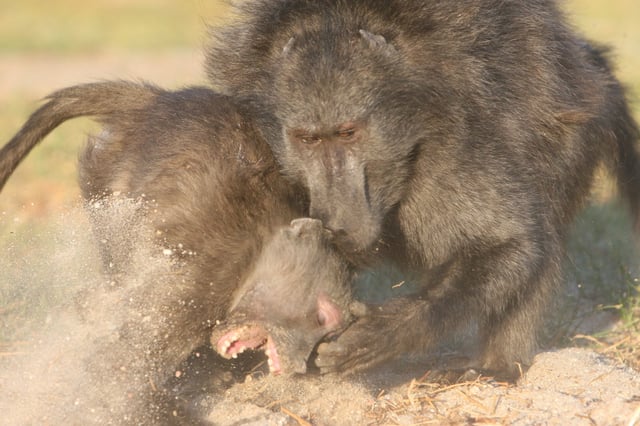Overview
- Researchers analyzed five years of conflict outcomes from 253 primate populations to provide the first quantitative comparison of male–female dominance across 121 species.
- Clear male dominance, defined as males winning over 90 percent of contests with females, was recorded in just 16–20 percent of the populations studied.
- Female dominance of equivalent strength appeared in roughly 10–13 percent of groups, while the remaining 70 percent exhibited moderate or no fixed sex bias.
- Intersexual aggression accounts for nearly half of all adult conflicts, revealing that fights between males and females are far more common than previously recognized.
- Female hierarchies often stem from reproductive control and social leverage, with monogamy, size parity, arboreal habitats and resource competition shaping these power dynamics.



